At first glance, it’s a simple black-and-white photograph—one of many taken on the gritty streets of London in the early 1900s. A young woman stands still, her posture demure, her gaze downward. There is no glamour, no staging—just raw, unfiltered reality. But there’s something quietly haunting about the image. Something that has stirred emotions and sparked discussions for over a century.
Her clothes are modest and worn, her expression a mixture of resolve and vulnerability. But it’s what’s missing from the frame that has puzzled and moved viewers for decades. A subtle detail, easily overlooked at first, yet deeply symbolic once noticed. It’s the kind of detail that tells a story louder than words ever could.
What could have compelled this young woman to appear barefoot in a formal portrait, in a time and place where dignity was so often judged by outward appearances? The answer lies in a single, human moment—one that reveals far more than just her feet.
Her name was Adelaide Springett. She came from a working-class background and was captured by photographer Horace Warner in 1901. Ashamed of the condition of her tattered boots, she quietly removed them before the photo was taken. That small act, driven by modesty and pride, became a symbol of the emotional weight carried by the poor in Edwardian Britain. Warner, known for documenting the lives of London’s struggling classes, preserved not just her image, but her unspoken story.
More than a century later, the photograph endures—not just as a historical artifact, but as a timeless reflection of human dignity, social pressure, and the lengths we go to preserve our sense of self-worth.

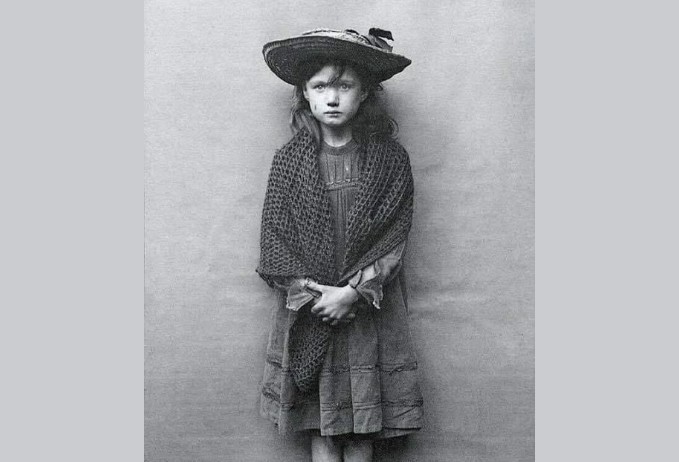

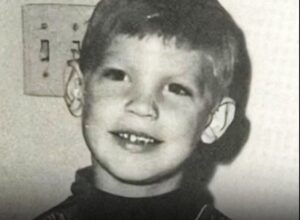

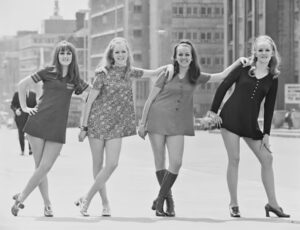


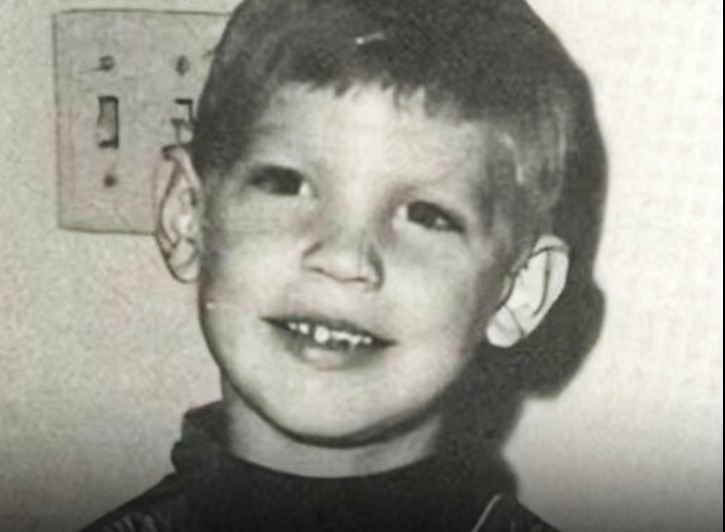



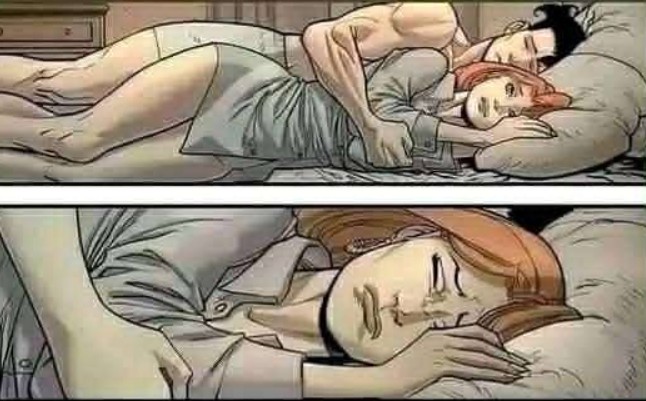
+ Немає коментарів
Додайте свій